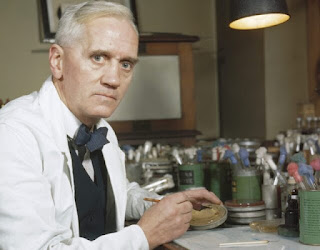Hi....
This post deals with some drugs and their therapeutic applications
What are drugs?
Today, medicines come from a variety of sources. Many were developed from substances found in nature, and even today many are extracted from plants. Some medicines are made in labs by mixing together a number of chemicals. Medicines can be delivered in many ways, such as:
- liquids that are swallowed
- drops that are put into ears or eyes
- creams, gels, or ointments that are rubbed onto the skin
- inhalers (like nasal sprays or asthma inhalers)
- tablets that are placed under the tongue (called sublingual medicines; the medicine is absorbed into blood vessels and enters the bloodstream)
- injections (shots) or intravenous (inserted into a vein) medicines
Most Important Drugs
What are Antibiotics?
Antibiotics are medicines that are used to treat as well as prevent bacterial infections. They inhibit growth and sometimes destroy the microorganisms that cause infections.
Antibiotics use is encouraged because it is fairly harmless to human beings and animals. There are two main ways in which antibiotics target bacteria. They either prevent the reproduction of bacteria, or they kill the bacteria, for example by stopping the mechanism responsible for building their cell walls.
 |
| Antibiotics |
Some common examples of antibiotics are as follows:
PENICILLIN
STREPTOMYCIN
CHLORAMPHENICOL
First we are going to see about Penicillin. It is a group of antibiotics (medications used to treat bacterial infections) that work in a specific way to destroy bacteria in your body. Types of penicillin and drugs closely related to them are called “penicillins.” They’re a subclass of beta-lactam antibiotics. Penicillin antibiotics come in oral form (pills or liquid you swallow) and IV form (liquid that a provider injects directly into your vein).
How does penicillin work?
Penicillin works by attaching to the wall of bacteria cells. It damages the cell wall and eventually destroys the bacteria.
 |
| Sir Alexander Fleming a Scottish physician and microbiologist discovered penicillin in 1928 |

What is penicillin used for?
Pneumonia is inflammation and fluid in your lungs caused by a bacterial, viral or fungal infection. It makes it difficult to breathe and can cause a fever and cough with yellow, green or bloody mucus.
 |
| Meningitis is an inflammation of the protective layers surrounding your brain and spinal cord (meninges). |

 Diphtheria - a serious bacterial infection that usually affects the mucous membranes of the nose and throat.
Diphtheria - a serious bacterial infection that usually affects the mucous membranes of the nose and throat.
Diphtheria is a highly contagious, infectious disease caused by a bacterium called Corynebacterium diphtheriae. People with diphtheria have serious breathing and swallowing problems, and they may develop sores on their skin.
.jpg)
Tetanus - Tetanus is a serious disease of the nervous system caused by a toxin-producing bacterium. The disease causes muscle contractions, particularly of your jaw and neck muscles. Tetanus is commonly known as lockjaw. There's no cure for tetanus. Treatment focuses on managing symptoms and complications until the effects of the tetanus toxin resolve.

.jpg)





No comments:
Post a Comment